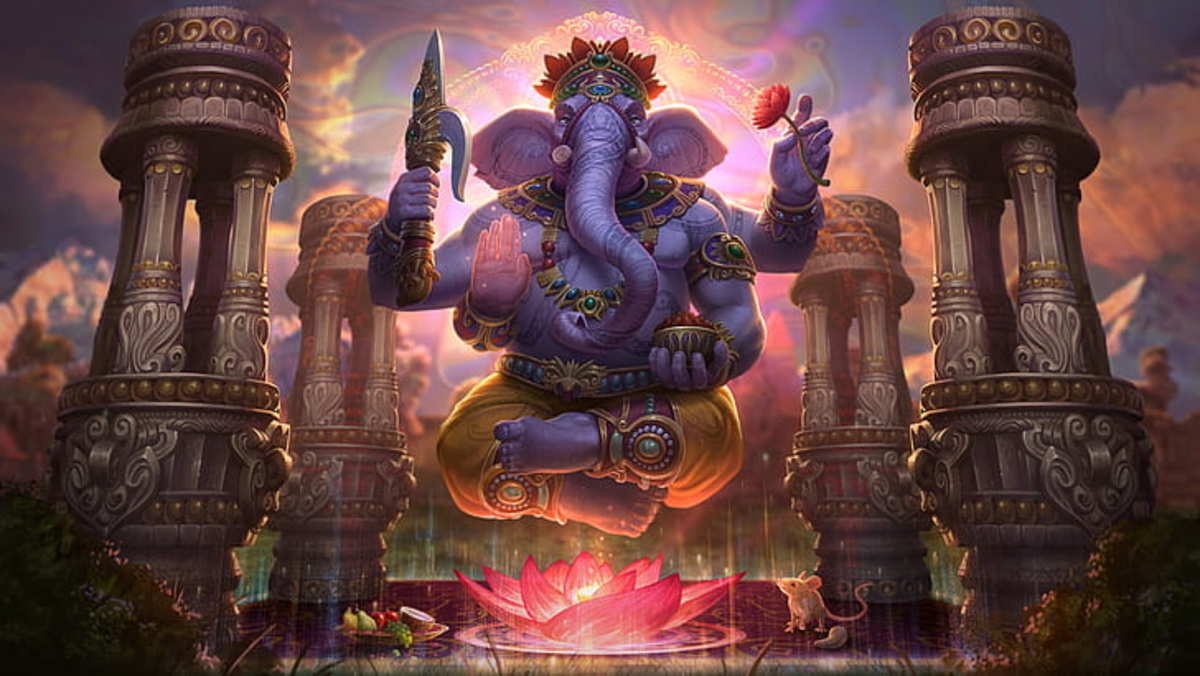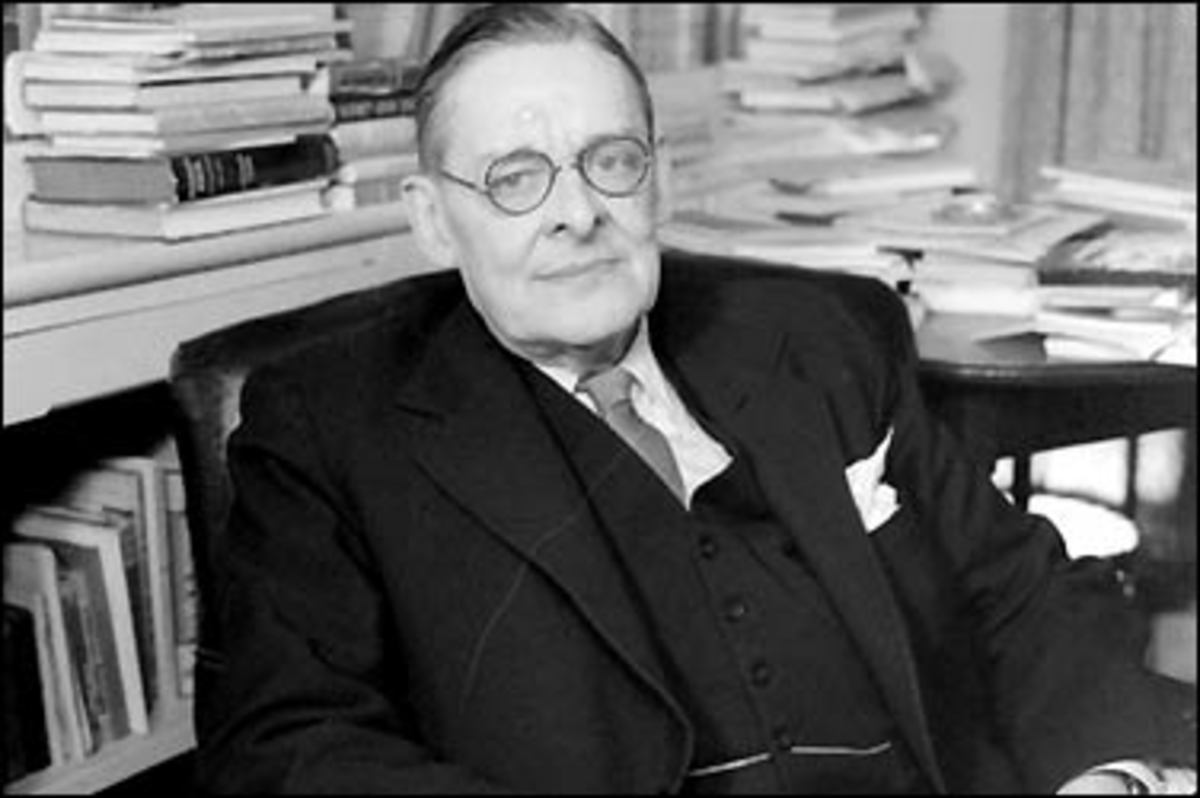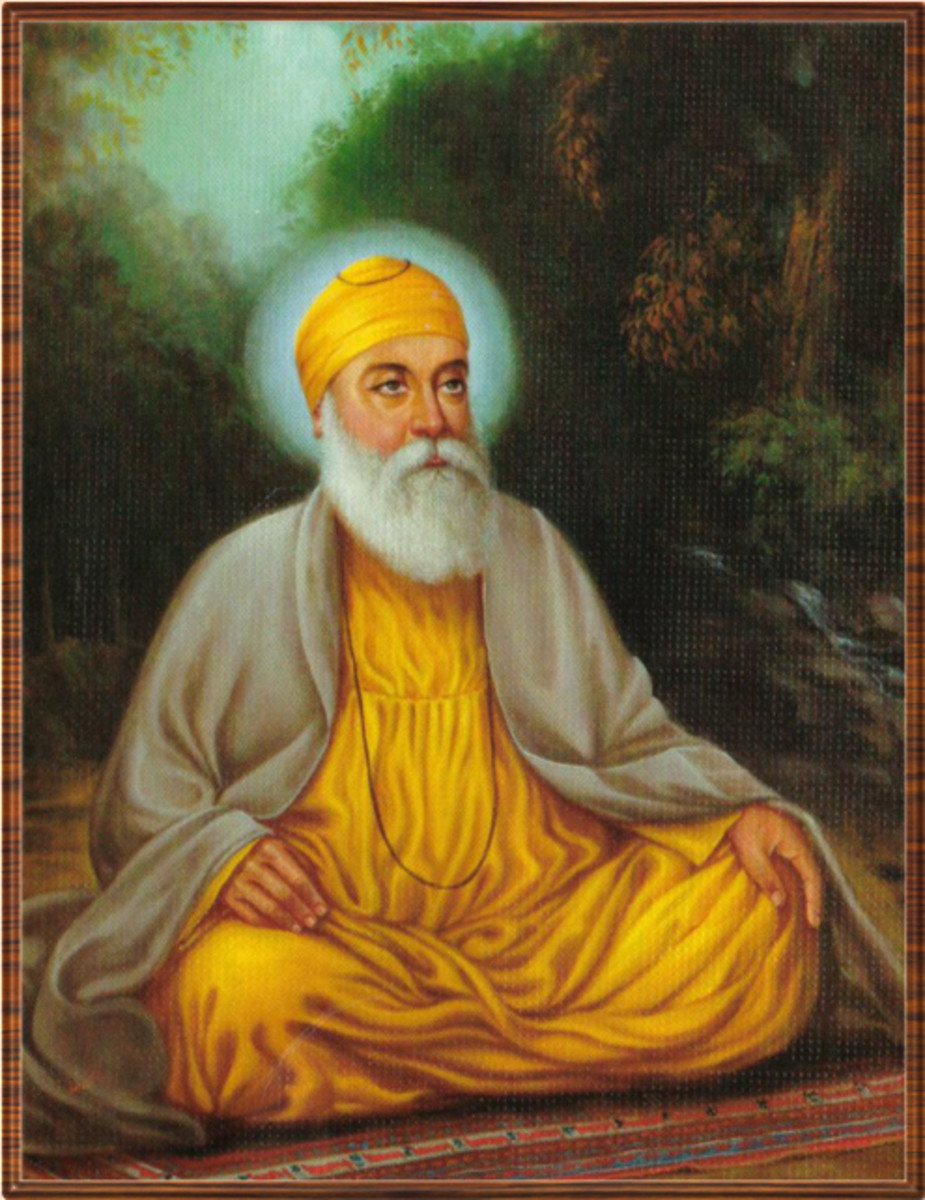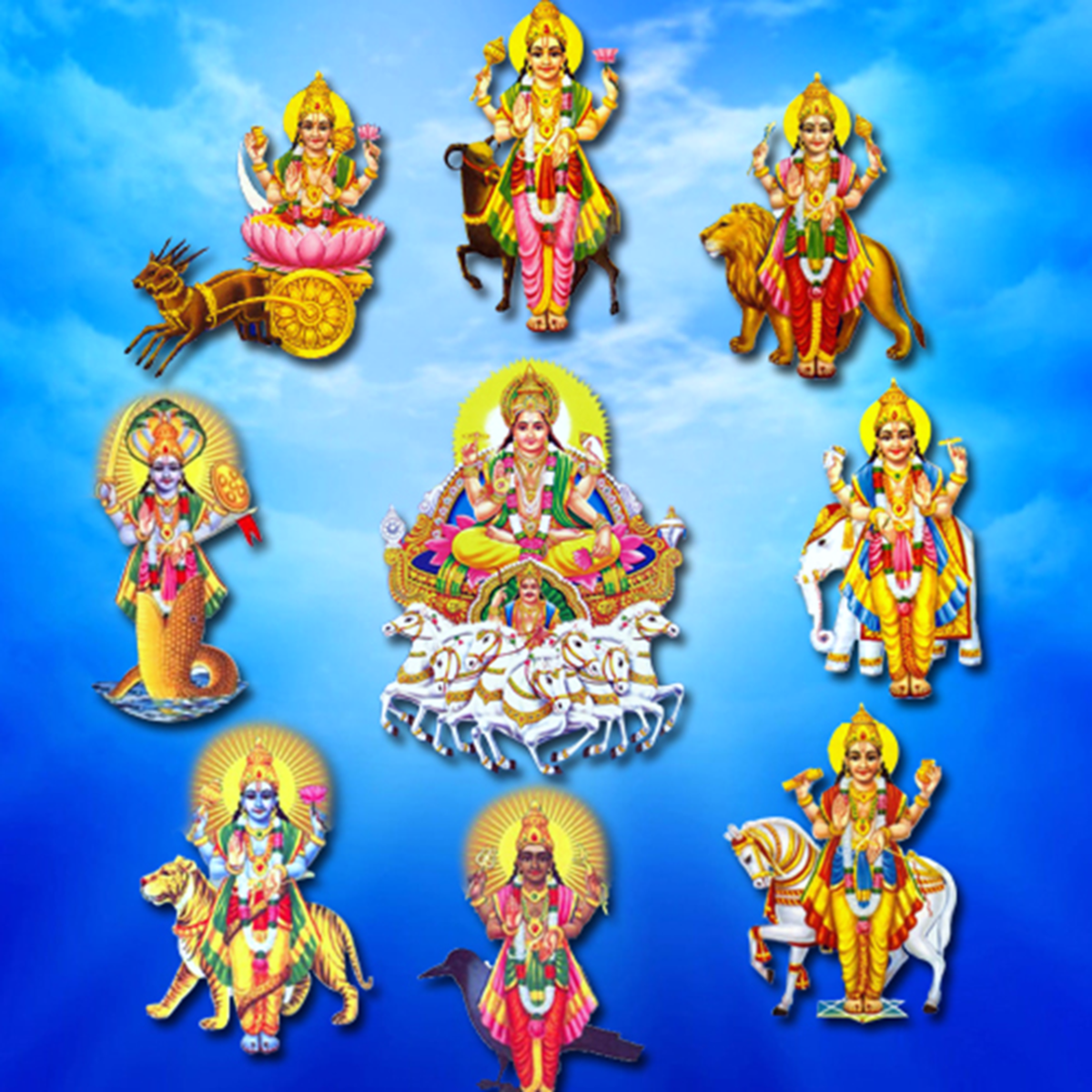The Ashram - Purpose And Objective
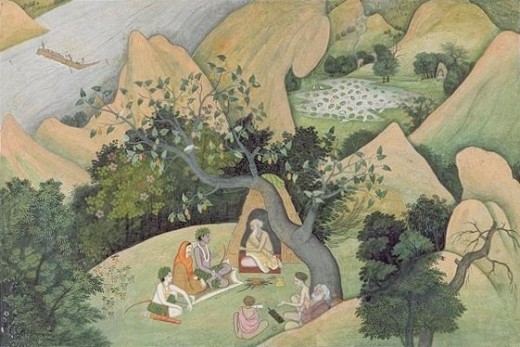
Before, I always thought an ashram was some kind of a yoga retreat or a place to experience some peace of mind in our somewhat stressful life. Some time back I tried to understand the real purpose of an ashram and I was pretty amazed to learn how much the concept of an ashram has undergone dilution. What was once a place to learn about and put into practice spiritual truths, has now been transformed into a place for buying mental peace.
There is no better place to start the article than analysing the definition of the term 'ashram'.

Literal meaning of the word Ashram
In sanskrit, Ashram means
Aryata Sramyate yatra iti Ashramah
Ashram is a place where people strive to attain eternity.
Etymologically, the word Ashram can also be broken down as A-shram, that commonly means No Effort. Combining the above two one can deduce that Ashram is a place where people try to reach immortality without effort! This meaning is somewhat still incomplete. The key is - without what kind of effort? Without answering this question the definition is erroneous.
Ashram and Spiritual Effort
The kind of effort we put in an Ashram leads us to either immortality or mortality. If we look around we see that mortality is everywhere. We understand mortality chiefly by two major phenomena - birth and death. Immortality is the absence of both birth and death. If we direct our efforts for something that is subject to birth and death, we end up in the same mortal cycle, whereas any effort in service to the plane of eternity, leads us to immortality.
How do we direct efforts towards the plane of eternity? To know this, we need to understand the underlying fundamental truth of the whole creation. In the Ishopanishad, we find the following statement:
isavasyam idam sarvam yatkincajagatyamjagat
tena tyaktena bhunjitha magridhahkasya svid dhanam
Ultimately, the supreme person is the sole proprietor of everything that exists in creation. Therefore one should accept only those things that are necessary for his subsistence and not encroach upon the property that does not belong to him in the first place.
If we thoroughly analyse this statement, we shall find that we actually don't own anything - not even our own self (atma or soul). If we fully comprehend this basic truth, we will never exploit anything for our own enjoyment. There are three planes of existence:
- The plane of exploitation
- The plane of renunciation
- The plane of dedication
Exploitation and renunciation are two sides of the same coin. By exploitation we incur pious or impious reactions that keeps us in the mortal world. Whereas, renunciation of all actions leads to indolence, a kind of negative energy that will still keep us in the mortal world. Dedication is the only positive activity that we should undertake while in this world. Dedication does not mean serving our family, nation, or the world. The attitude of "my family", "my country", and anything that is associated with "me" is only extended selfishness. True dedication is service to the supreme person, our creator. Therefore, spiritual effort is nothing but dedication to the supreme person, and an Ashram is a place that trains us in that attitude and facilitates us in such service.

Understanding Eternity
How do we understand eternity? This is something out of this world. It is simple to say that eternity is that which is always there, beyond the effects of time and space. However, It is difficult to think of something that has no beginning or an end. We can say a circle has no beginning or an end. Still, is that all? Just to give you an example, in our material world if an object has to reach from A to B, there is a finite time lag as the object travels, whereas in eternity, the same object can be present at both A and B simultaneously. Since there is no effect of time in eternity, there is no past or future. Everything is always present. The Vedas say the soul is eternal; it never dies when the body is destroyed. However, it may transmigrate to another body just as we change clothes. (I've discussed many important questions on philosophy and metaphysics in my hub 8 Great Philosophical Questions - A Vedic Perspective)
Instead of theorising or philosophising on a subject, its imperative to grasp the concept in a tangible, practical fashion. I suppose this is where the role of an Ashram fits in. Ashram is a place where people learn about eternity and practice how to direct efforts towards it.
The Approach
Achintya khalu ye bhava na tams tarkena yojayet
That which is inconceivable can never be established by mere arguments or discussions. (Mahabharata, Udyoga Parva)
Basically, this verse from the Mahabharata instructs us to stop trying to grasp the concept of eternity with our puny brains. This futile approach is called the Ascending approach or the Arohana Pantha. What we receive in an Ashram is the Descending approach, the Avarohana or Shrota Pantha. It is intelligent to remember that we are trying to approach something that is infinitely superior to ourselves. That superior substance is never under our control either mentally or physically. Vedas proclaim that the plane of eternity is supremely good, forgiving, and nourishing. The only adjustment required is that we get in line of the descending channel of knowledge that has come through a bonafide succession of teachers and students. This descending channel is called the Parampara.
The Descending Channel
In the Vedic tradition, the descending channel of knowledge is technnically called parampara. In substance, the parampara is the vehicle through which the knowledge of eternality and the traditional practice is transferred in this world. From the Padma Purana, we find that there are only four bonafide paramparas:
- Sri - The parampara of lakshmi
- Brahma - The parampara of Brahma
- Rudra - The parampara of Siva/Rudra
- Kumara - The parampara of the four Kumaras
(This article by Sri B P Puri throws more light on Guru Parampara)
Paramparas can be thought of as universities where aspirants get degrees. For example, a Doctor cannot simply operate on people without having a licence to practice and a university degree on the subject. Similarly, a bonafide Guru should have affiliation to one of the four paramparas mentioned above. This rule disqualifies a bulk of Ashrams out there that teach some man made unauthorised technique. Needless to say, blind following is not recommended. The authenticity of an Ashram should be judged as per the Vedas before accepting it as bonafide.
Guru - The Guardian of the Ashram
No institution can run without an authority having control of its activities. In an Ashram the foremost authority is the Guru. The Guru is the life and soul of an Ashram. The Guru is a transparent medium who trains us for service in eternity and recommends us for an eternal life of service unto the supreme person. The Guru is also a bonafide representative of his parampara.
The Guru engages his disciples in various services the results of which are all eternal. Krishna says in the Bhagavad Gita that the results of devotional services rendered towards him is of eternal nature. Those results are never destroyed but only accumulate. By accepting the shelter of a Guru one can transform all of his/her activities into a spiritual activity by the process of devotional service. An Ashram is certainly not just a place to hangout on weekends just to get some mental peace or meditational kicks. Rather, it is a place to transform our lives to reach immortality from the plane of mortality (mrityor ma amritam gamaya).


The Master of Everything
Probably, this is the most debated topic ever. In any case, God is not established by votes or subjective opinions of philosophers. It is always safe to refer to authority in order to reach proper conclusions. In Hinduism, for this matter, there is no superior literature than the Bhagavad Gita. The Bhagavad Gita contains quintessential instructions of Krishna to Arjuna on every question related to our existence. And, in the Bhagavad Gita, Krishna says:
aham sarvasya prabhavo, mattah sarvam pravartate
iti matva bhajante mam, budha bhava-samanvitahI am Krsna - the Sweet Absolute. I am the root cause of everything. The universe , the movements, the Vedas and related scriptures which directs everyone's worship - all are initiated by Me alone. Realising this hidden treasure, the pious souls who are blessed with fine theistic intellect surpass the standards of duty and non duty, and embrace the paramount path of love divine, and adore Me forever. (Bhagavad Gita 10.8)
Furthermore, he says:
ye'py anya-devata-bhakta yajante sraddhayanvitah
te 'pi mam eva kaunteya yajanty avidhi-purvakamThose who are devotees of other gods and who worship them with faith actually worship only Me, O son of Kunti, but they do so in a wrong way. (Bhagavad Gita 9.23)
The above two quotes should suffice to say that Krishna is the master of everything. He is not only the master of eternity, but He is also the cause of the material non-eternal part of creation. He is also called Mukunda that means one who gives liberation. Therefore, an Ashram professing to take us to the eternal world should only recommend us to Krishna, for that is the plain and certain way to success.
Indispensable instructions from the 1980's
© 2013 Arun Ramchandramurthy

